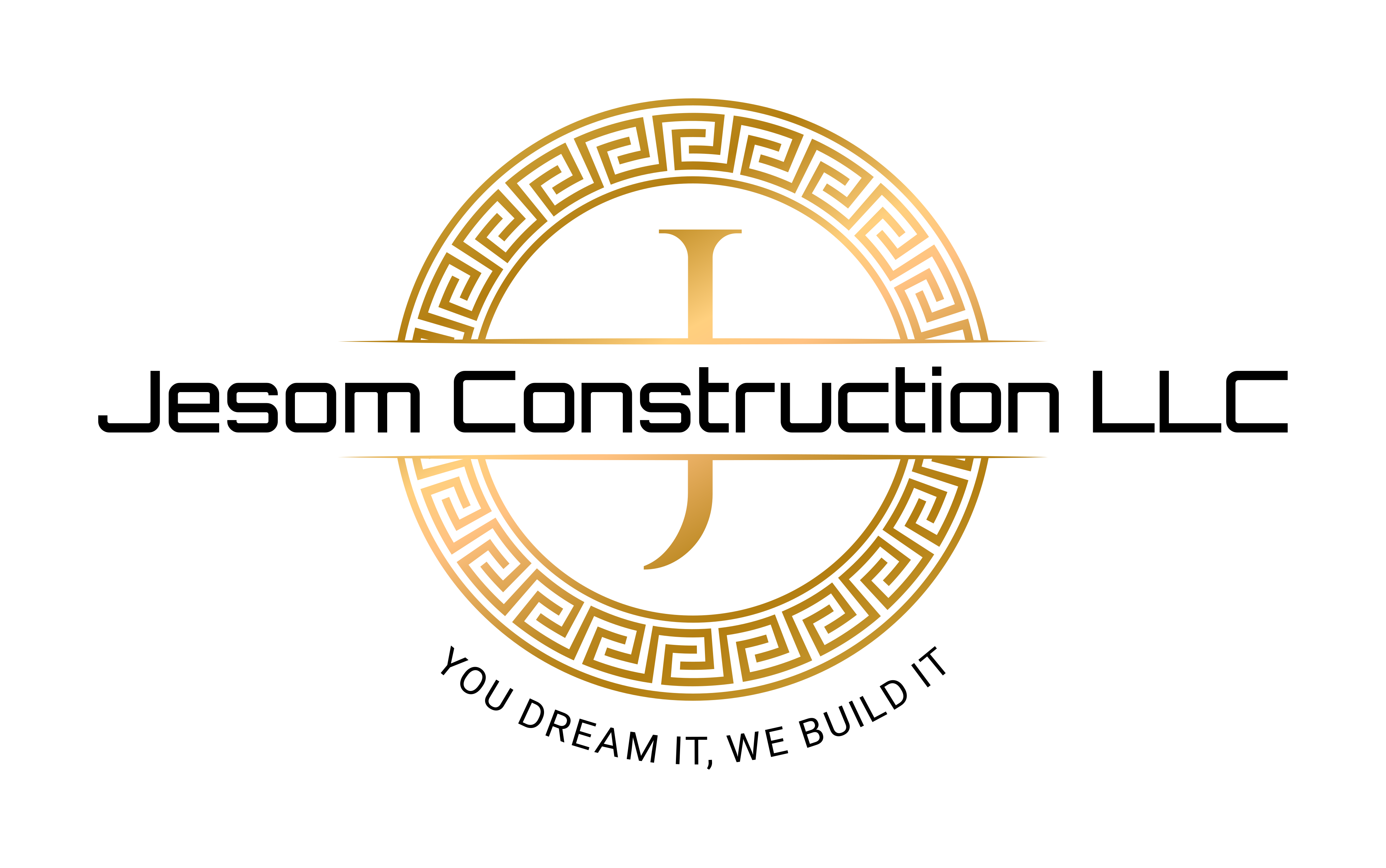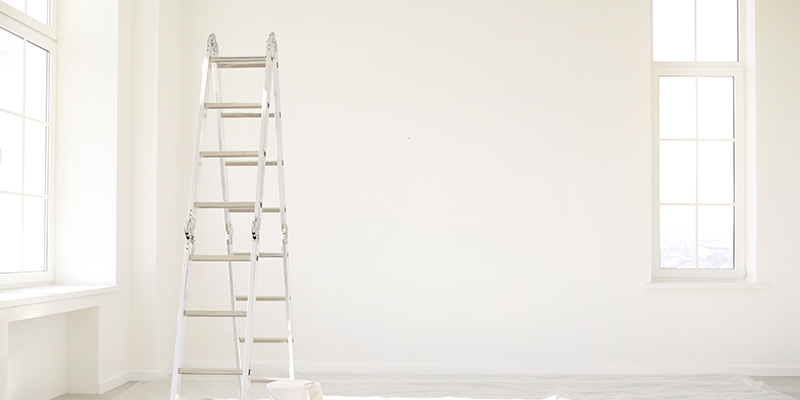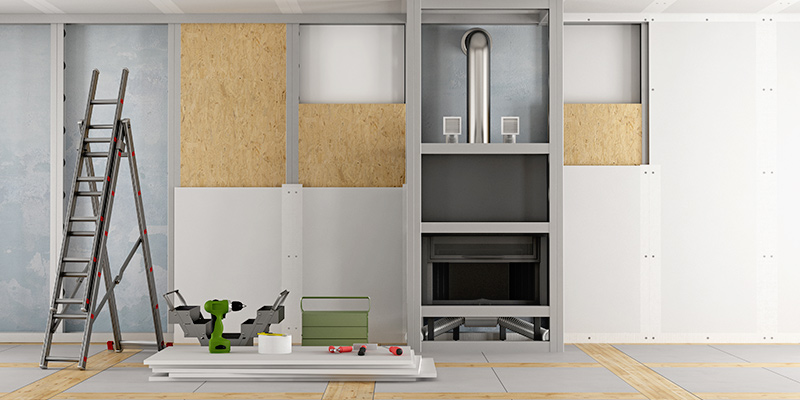This article will explore the composition, advantages, and disadvantages of plaster and drywall for interior wall applications.
Inside Plaster
The most common form of plaster for interior walls is gypsum plaster. Plaster walls are generally created through a three-coat process. To begin, lath must be secured to the framing. Historically, lath has been made of wood strips, but metal or plasterboard have come into use more recently. The lath gives the gooey plaster something to hold onto.
Inside Plaster
The most common form of plaster for interior walls is gypsum plaster. Plaster walls are generally created through a three-coat process. To begin, lath must be secured to the framing. Historically, lath has been made of wood strips, but metal or plasterboard have come into use more recently. The lath gives the gooey plaster something to hold onto.
Veneer Plaster
While the three-coat authentic plaster process is rarely used in new homes today, veneer plaster is similar. It offers the look of plaster and many of its beneficial traits but takes much less time to apply. A veneer plaster starts with a blue board base or gypsum board with special moisture and adhesive qualities. Then, either one or two coats of plaster are applied on top of the blue board, similarly to regular plastering.
Inside Drywall
The calcined gypsum is mixed with water and occasionally additives to create the core material [source: Gypsum Association]. The viscous material is then squeezed, or flattened, between two different layers of paper and dried. One side of the paper is the face, which is strong and smooth, while the other side, or back, has a rougher texture.
Installing drywall is a fairly quick process compared to plastering. First, the boards are cut to fit the shape of the walls. They’re then secured to the rough framing of the house. After the boards are in place, a corner bead is attached to the corners to give them a straight edge. The walls are then taped with either paper or fiberglass-mesh tape at the joints, corners, and places where the boards have been fastened to the wall.









Leave a Reply